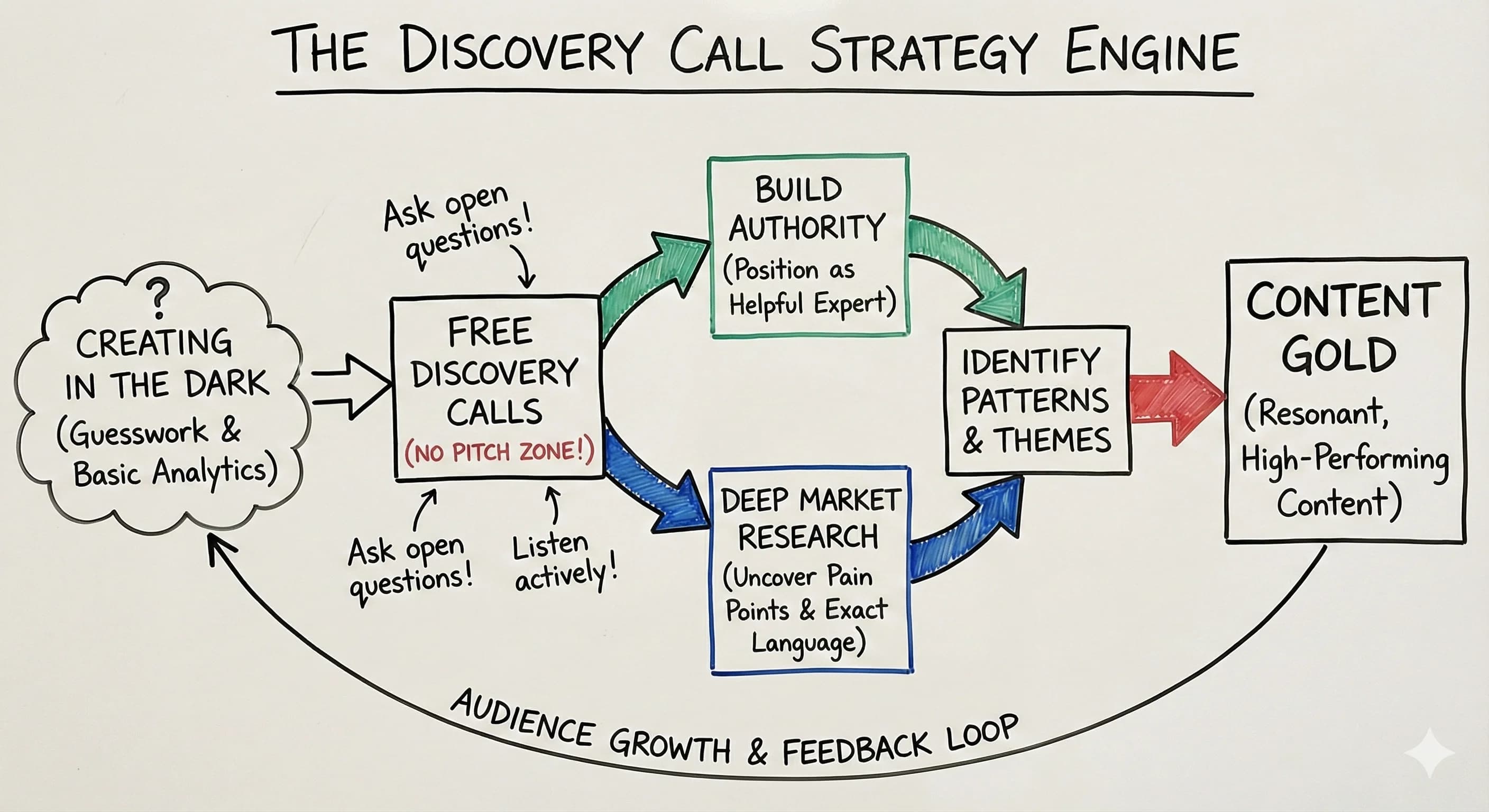Discovery Call Strategy: Turn Free Consultations Into Content Gold and Audience Growth
Discover how offering free Zoom consultation calls drives customer discovery, builds authority, and creates content that truly resonates with your target audience.
•4 min read
Details

Loading content...

